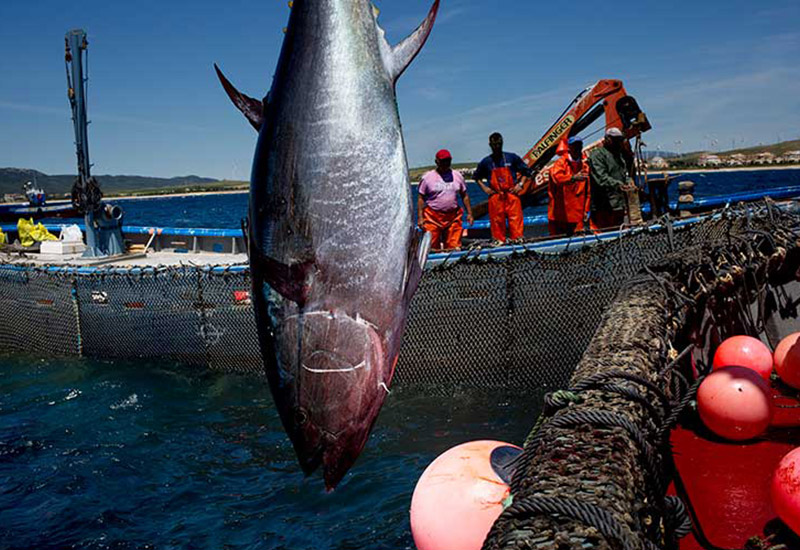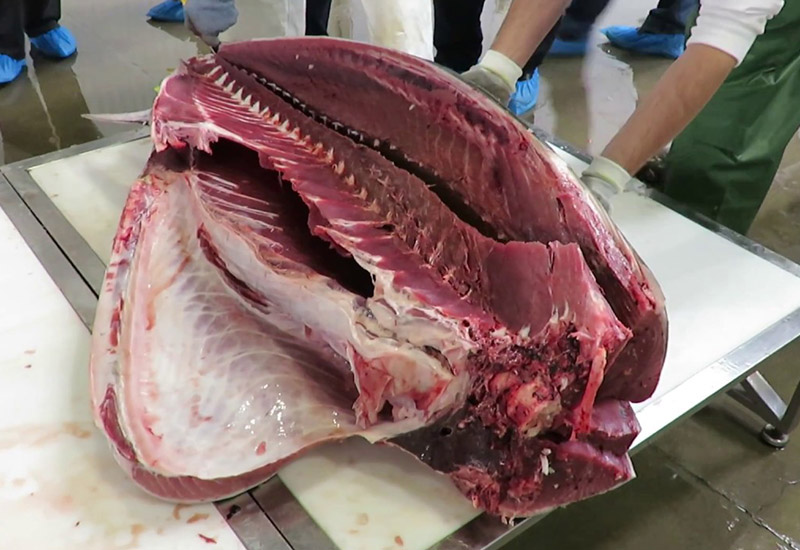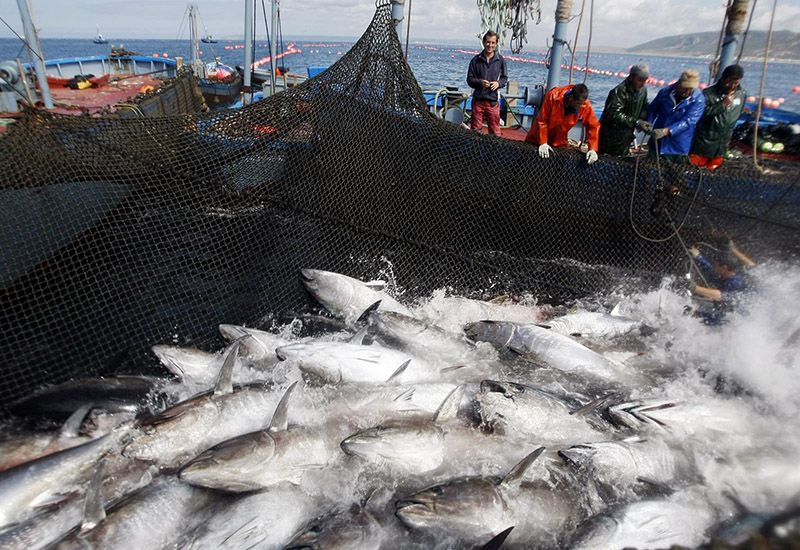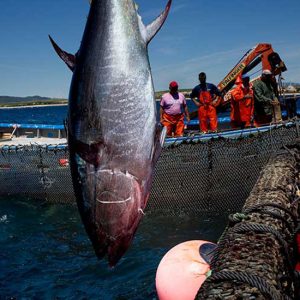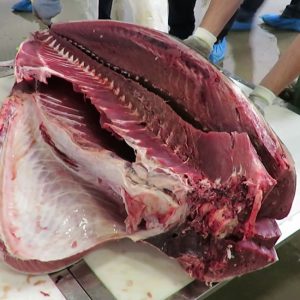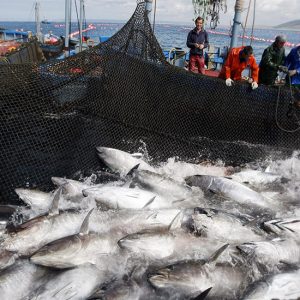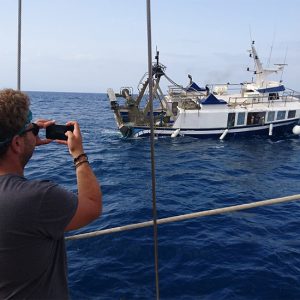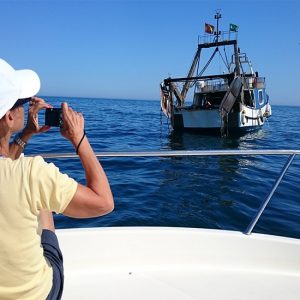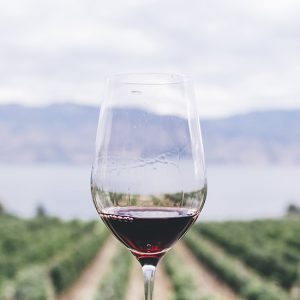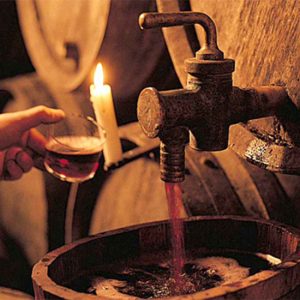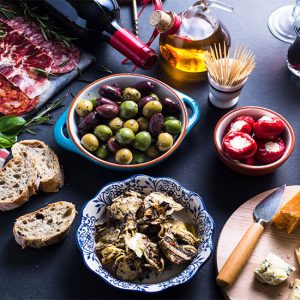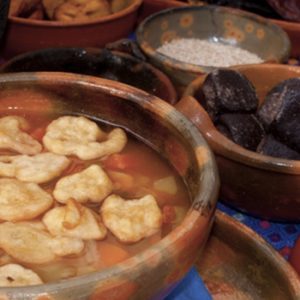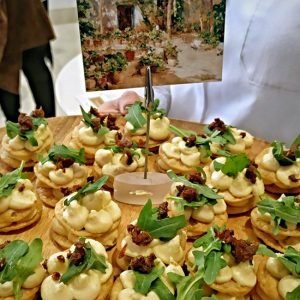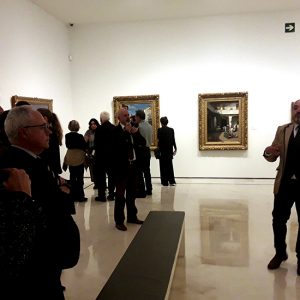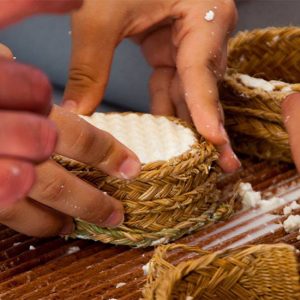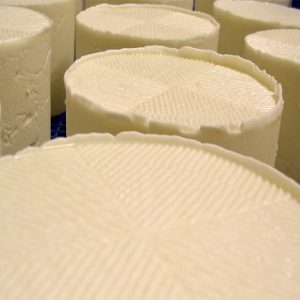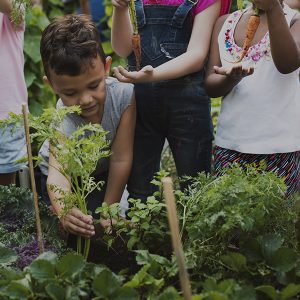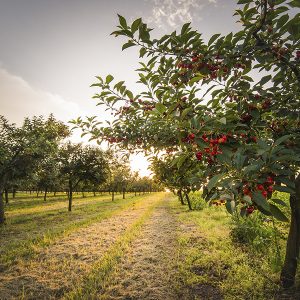| Lugar | Barbate, Cádiz |
|---|---|
| Duración | From 4 hours to complete whole day |
| Tipo de actividad | Gastronomic |
| Idioma | Spanish and English. Consult from other languages |
| Mínimo de personas | Groups from 7 pax |
| Actividad familiar | Sí |
Tuna in Barbate
Descripción
Ronqueo and almadraba – techniques for butchering and fishing for tuna – are just two vital parts of the ancient Andalusian fishing culture that you can experience first-hand in Barbate, near Cádiz
The origin of Barbate’s fishing history lies in the setting of almadrabas [traditional tuna traps], which date back to the Phonetician era. This ancient art is used to catch Atlantic bluefin tuna (Thunnus thynnus), which at this latitude passes very close to the coast in its annual migration to breed in the Mediterranean.
This experience includes a visit to a company which has been producing salted, smoked and canned fish for over 30 years. This is a business that combines tradition with use of the latest technology.
At this point, you’ll discover exactly what ronqueo involves. Ronqueo is the traditional way to butcher tuna; its name is onomatopoeic: the Spanish pronunciation is similar to the sound made as the knife scrapes against the spine. This manual cutting process extracts the various edible parts of the tuna, both for eating fresh and for creating processed products.
There will also be the opportunity to find out more about the almadraba: a technique which has been used to catch tuna since time immemorial. It involves setting up a maze of nets that cross the tuna’s migration path, creating a genuinely spectacular scene. The origins of trapping tuna in this way date back around three thousand years, as demonstrated by the discovery of Phonetician coins from ancient Gadir (now Cádiz) with this fish engraved on them. But the fishing of bluefin tuna through almadraba and its connected activities was actually brought back and perfected during the Muslim occupation (in the eighth century A.D.)
It is with the arrival of the first full moon in May that these sizeable tuna fish migrate from the cold Atlantic to the warmer waters of the Mediterranean, seeking a spot to reproduce. As they pass through the Gibraltar Strait, they move close to the coast. Later, in June, they pass through the same locations as they begin their return journey to the Atlantic.
For many ages, fishermen have used this remarkable migratory route to capture the tuna both when they travel into the Mediterranean (the forward season) and when they come back (the return season). When locals talk about forward tuna [atún de derecho], the fish in question is much fattier, while the return tuna [atún de revés] is leaner.
Learning about this culture will give you a range of expert terms and vocabulary, most of which originate in Arabic, as this was the civilisation that implemented most of the best techniques. Such words include: arráez – the person who led the tasks carried out on the almadraba traps; mojama – cured tuna; íjar – tuna belly, and the almadraba itself, which literally means “place where something is hit”, although the idea “place where the fight takes place” would fit better, due to the struggle that occurs during the capture of the prized bluefin tuna. Tuna-fishing in the Gibraltar Strait is steeped in culture and history: join us to learn about it through this unique experience.
Download the digital catalogue¿Te interesa esta experiencia?
Una de nuestras experiencias exclusivas. Ideal para ofertarla en Agencias de viajes o si queréis hacer una visita en grupo. Deja tus datos de contacto y pronto recibirás noticias.
| Lugar | Barbate, Cádiz |
|---|---|
| Duración | From 4 hours to complete whole day |
| Tipo de actividad | Gastronomic |
| Idioma | Spanish and English. Consult from other languages |
| Mínimo de personas | Groups from 7 pax |
| Actividad familiar | Sí |



